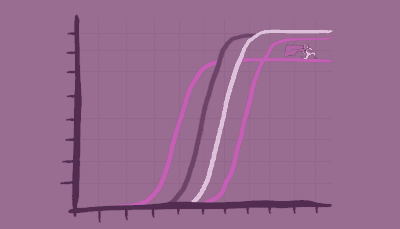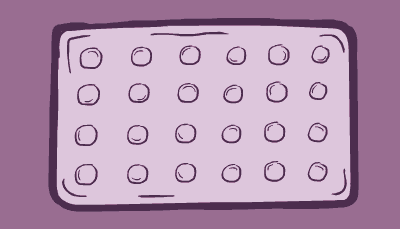Nucleic Acid Amplification
After you’ve purified and quantitated your nucleic acid, the next step is amplification. PCR is perhaps the most ubiquitous assay in molecular biology—something we do every day. Each type of PCR has different applications and comes with its own unique challenges. Which one is right for your project?

Endpoint PCR
Endpoint PCR was originally developed to amplify short segments of a longer DNA molecule. It is a relatively simple application that is used to exponentially increase the number of copies of a given DNA or cDNA template.
qPCR
In a real-time quantitative PCR reaction (qPCR), product formation is monitored following each amplification cycle, as opposed to endpoint PCR, which only measures after all cycles are complete. This application is a part of nearly every recently published study, and is generally regarded as invaluable.
Molecular Biology Lab Guide
From basic DNA purification to the most complicated qPCR experiment, the Molecular Biology Lab Guide can help you make every experiment successful.

RT-PCR and RT-qPCR
These techniques are used to study RNA expression. The application starts with an RNA template that is reverse transcribed to cDNA before amplification.










